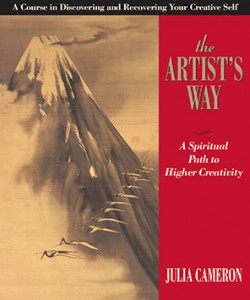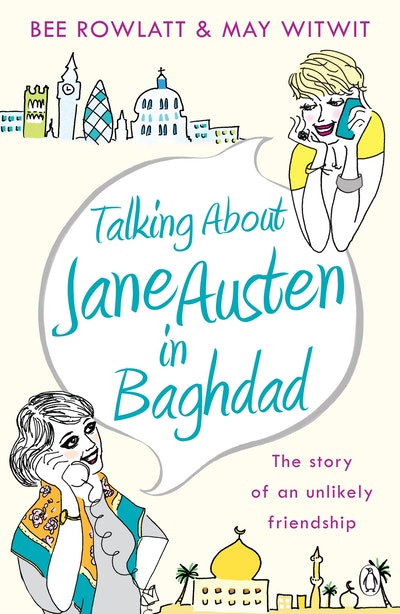 |
| Folk Welcome, from Evolution of Quilt |
I quilt because it's a creative expression that appeals to me. It's a way, that works for me, to show my appreciation of individuals and to make something truly personal. Lots of my creative efforts over the years have come to naught, but just because one idea doesn't work out, isn't a reason to give it all away.
I choose to never even consider showing my quilts in a formal setting because because I don't want the 'quilt police' picking holes in my creativity or technique.
I was exposed to the possibilities of ignoring the rules years ago when a quilter showed me her 'inside out' quilt. It wasn't a raggedy quilt such as is common today. She'd simply sewn the top's patches together the wrong way, so the seams were on the outside. I'm not sure a lot of the ladies in the group thought it was 'kosher', but for me it was a mind-expanding moment.
I started to really feel some freedom in my creativity when I joined an online abstract quilters' group. Every month a word was chosen and everyone made an 8 inch square 'quiltlet' to represent that word. One month would a tangible object (sea, food, child), the next month would an intangible object (spirit, love, depression). I didn't regularly complete the challenge piece. I think I was studying and working at the time; and I wondered what I would do with all these 8 inch squares. I did draw a lot of them, developing concepts. And I loved seeing all the different ideas others had come up, using techniques I'd never heard of, or using ones I had heard of in totally different ways.
Later I started quilting sermons. I followed the same principle of an 8 inch square. I would sit in church with my artist sketch pad and draw images that came to mind. I'm sure some frowned on my endeavours (another example of people judging creativity). I think I made up 8 or 9 of the ideas. I can still tell you, five or six years later, what those sermons were. How many people remember last Sunday's sermon, let alone ones from years ago?
I had a lot of fun with these small quilts. I used different fabrics: velvets, satins, plastics. I used embellishments: chain, beads, rocks. I pieced, I appliqued.
 |
| Crossing the River Jordan into the Promised Land (2006) |
 |
| Julia Cameron's book (available from her website) |
My encouragement to everyone and anyone is just do it. If being self-creativity is scary, take baby steps. If you always religiously follow a pattern, choose a pattern you like, but make it in a completely different colour way. If you always do patchwork, make a small wall-hanging or cushion cover in applique. If you always use bought applique patterns, check kid's colouring-in books or stained glass pattern books and choose your own colours. If you always do needle-turn, try a raw edge (or vice-versa). Start small. Make placemats or cushions. If it doesn't work out it's not an entire quilt (unlike the Hidden Wells quilt I started, but ended up melting all the poly thread on :-( )



























